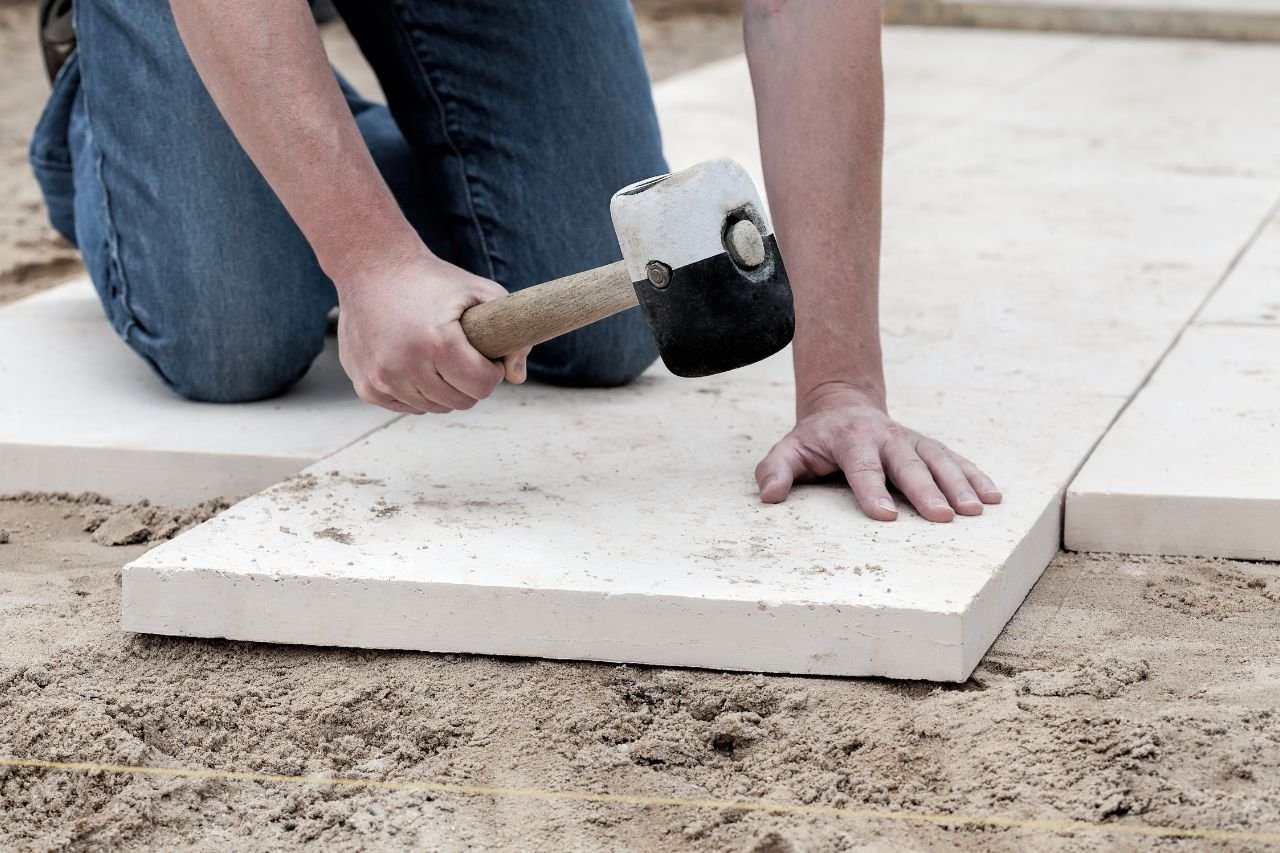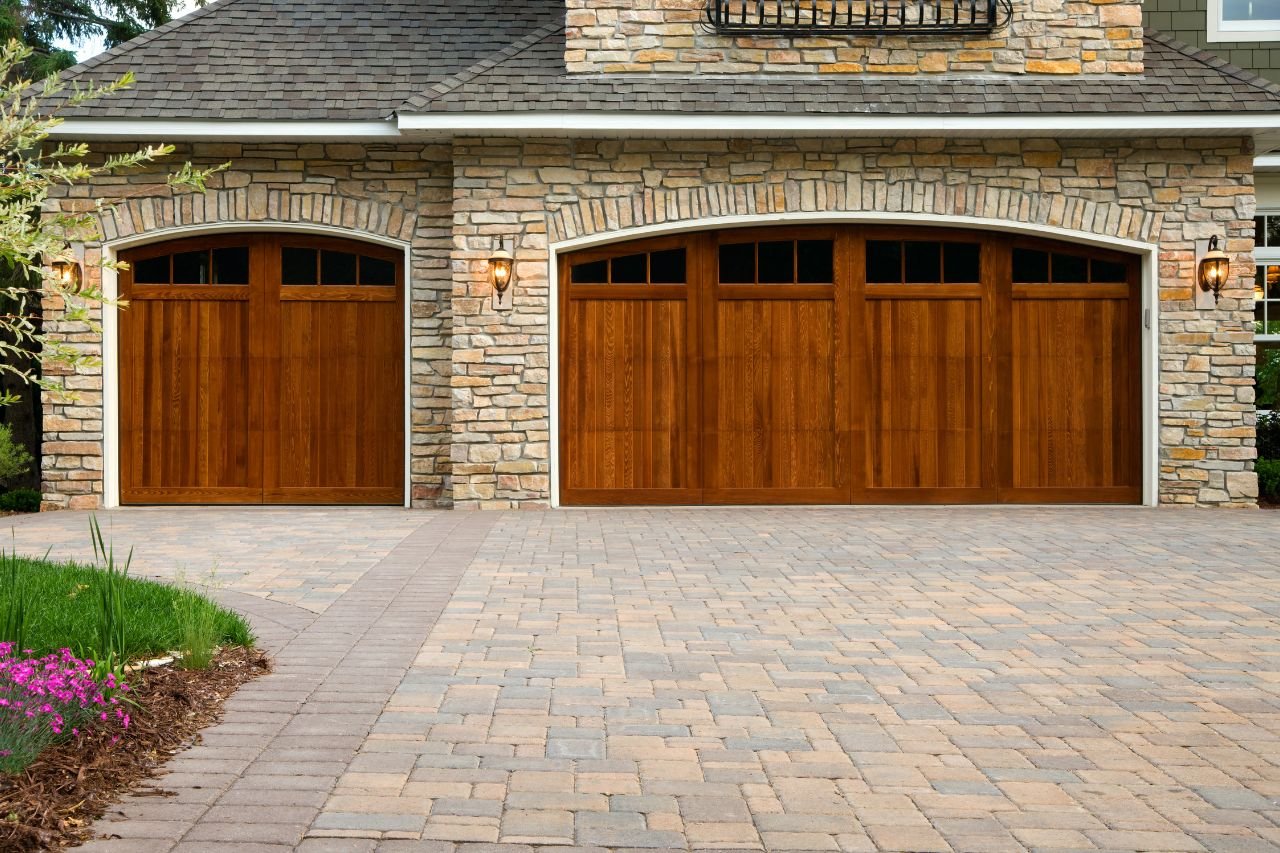Paver installation timelines typically range from a few days to a week, depending on the size and complexity of the project. Whether installing a patio or driveway, the process involves careful preparation, material selection, and precision work to ensure long-lasting results.
Understanding Paver Installation Timelines
The time required to complete a paver installation depends on several factors, including the project size, site conditions, and material type. Smaller patios may take 1–3 days, while larger driveways can require up to a week. A well-prepared site and efficient workflow ensure timely completion and high-quality results.
What Influences the Timeframe of Paver Installation?
Several elements determine how long paver installation takes, such as:
- Project Size and Complexity: Larger spaces like driveways require more pavers and extended installation time, while smaller patios are quicker to complete.
- Site Preparation Needs: Areas requiring extensive clearing or drainage solutions can add additional time.
- Material Type: Concrete and brick pavers are easier to install compared to natural stone, which may require intricate placement.
If you are considering different materials for your project, exploring the advantages of durable options such as brick and travertine can help define expectations. So, learn about the best types of pavers.
Step-by-Step Breakdown of Paver Installation Process
Paver installation involves several stages, each contributing to the final outcome.
Preparation (1–2 Days):
This step includes clearing debris, leveling the ground, and compacting the soil to create a stable base. Site preparation is crucial for preventing shifting or uneven surfaces. Wesley Chapel homeowners can follow expert guide on how to prepare for a paver installation to ensure readiness.
Installation of Base Layers (1 Day):
Once the area is leveled, a bedding layer of sand or gravel is applied to create a solid foundation for the pavers. Proper compaction during this step ensures durability and stability.
Paver Placement (2–3 Days):
Pavers are laid in the selected pattern, such as herringbone or basketweave. This stage includes cutting and fitting edge pavers to achieve a seamless design.
Final Touches and Sealing (1 Day):
After placement, joint sand is applied between the pavers to lock them in place. If desired, pavers are sealed to protect against stains and weather damage.
How Long Will Specific Installations Take?
Timelines vary depending on the type of project. Below are average durations based on size:
| Project Type | Estimated Timeframe | Details |
|---|---|---|
| Small Patio | 1–3 days | Requires less material and effort. |
| Medium Walkway | 2–4 days | Includes trimming and leveling. |
| Large Driveway | 5–7 days | More pavers and site prep needed. |
Importance of Efficient Planning and Execution
Proper planning ensures materials, tools, and labor are ready before the project begins. This reduces delays caused by unexpected site conditions or missing supplies.
Scheduling projects during favorable weather seasons also improves efficiency. In Wesley Chapel, sunny months are ideal for paver installation because materials settle better without rain interference.
For driveways requiring heavy-duty materials and tailored designs, explore in-depth insights on why paver installation is the best choice for driveways.
Common Challenges During Installation
Challenges include:
- Drainage Concerns: Poor grading can lead to water accumulation. Addressing drainage early ensures smooth installation.
- Material Shortages: Miscalculating paver quantities can delay the project.
- Weather Interruptions: Rain can extend timelines by disrupting site preparation steps.
Tips to Ensure Smooth Installation
Following these tips can reduce delays during installation:
- Clear the site fully before contractors arrive.
- Choose durable materials like concrete or brick for heavy-duty areas.
- Confirm the desired layout and pattern ahead of time to avoid changes during the installation.
Benefits of Paver Installation Over Other Materials
Pavers offer distinct advantages over concrete or asphalt.
- Longevity: Pavers resist cracking and wear better than poured concrete.
- Customizable Designs: Patterns and colors can enhance outdoor aesthetics.
- Ease of Repairs: Damaged pavers can be replaced individually, saving time and costs.
For patio and driveway projects, homeowners often opt for durable and visually appealing pavers that guarantee long-lasting results. Understanding how to prepare your site for installation can further improve outcomes.
Frequently Asked Questions
1. How long does a paver driveway installation take?
Driveways typically require 5–7 days, depending on size and site conditions.
2. Can weather impact paver installation timelines?
Rain delays site preparation and paver placement, making dry seasons preferable.
3. Should pavers be sealed immediately after installation?
Sealing is recommended within a few days of completion to protect surfaces from stains and water damage.
4. What is the average lifespan of pavers?
Properly installed and maintained pavers last 20–30 years, depending on the material type.
Call Us Today
Paver installation timelines depend on the project’s size, complexity, and your preparation. Whether you’re installing a small patio or a large driveway, following proper steps ensures smooth execution and lasting results. For expert assistance, explore our website to learn more about professional installation services tailored to your needs.


